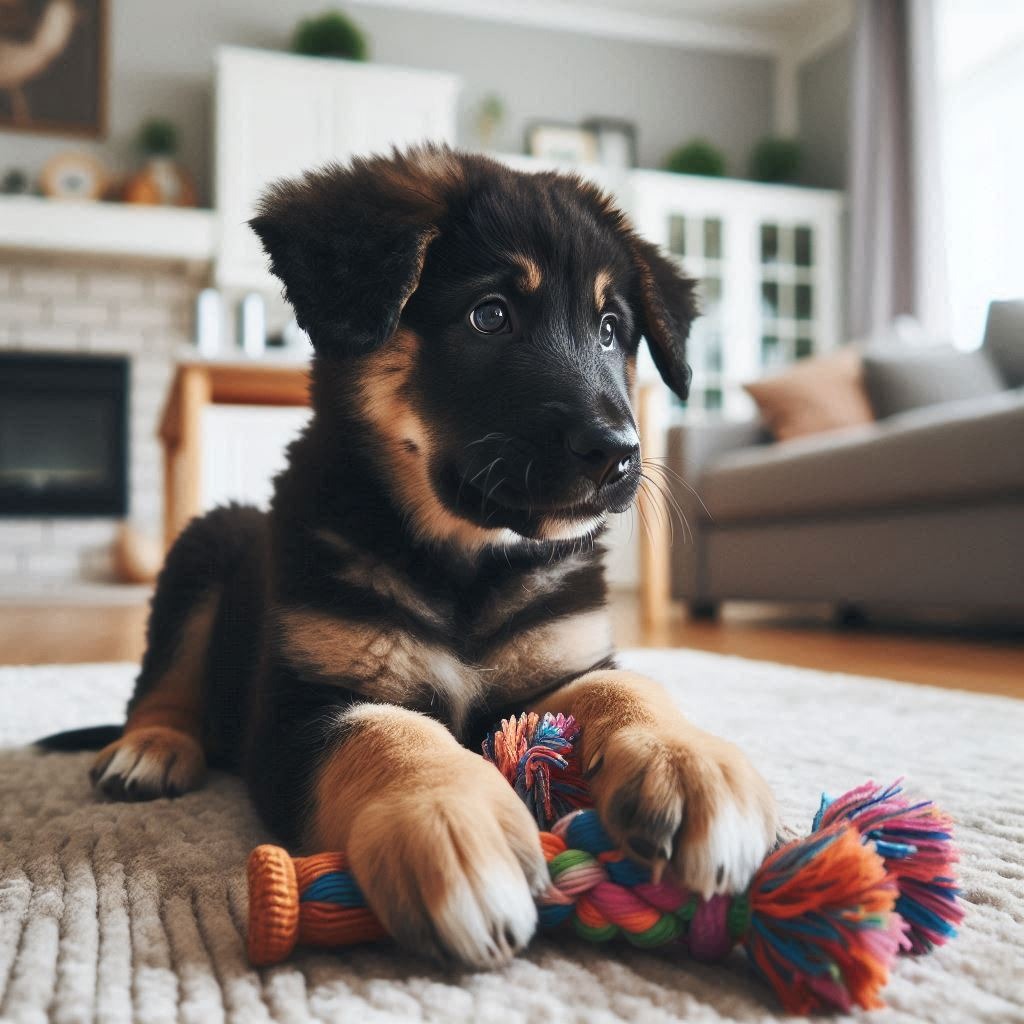Bringing a puppy home is an exciting and joyful experience, but it also comes with its challenges. One of the key questions new puppy owners face is: “How much freedom should a puppy have?” Striking the right balance between giving your puppy enough space to explore and ensuring their safety and proper training is crucial. Here, we’ll explore some essential guidelines for granting your puppy the right amount of freedom.

Understanding Your Puppy’s Needs
Puppies are naturally curious and energetic. They need opportunities to explore their environment, play, and socialize. However, too much freedom too soon can lead to problems, including behavioral issues and accidents. It’s important to gradually increase your puppy’s freedom as they grow and learn.
Factors Influencing a Puppy’s Freedom
- Age and Development Stage: A puppy’s age plays a significant role in determining how much freedom they can handle. Younger puppies, especially those under six months, have limited bladder control and are prone to accidents. They also have a natural curiosity and a tendency to chew on anything within reach. As puppies grow older and become more reliable in their behavior, they can gradually be given more freedom.
- Training Progress: The amount of training a puppy has received is another crucial factor. Puppies that have undergone basic obedience training and are familiar with commands like “sit,” “stay,” and “come” can handle more freedom than those who are still learning. Consistent training helps puppies understand boundaries and develop good behavior habits.
- Temperament: Every puppy has a unique temperament. Some puppies are naturally more independent and can handle being alone or exploring new areas with minimal supervision. Others may be more anxious or prone to mischief, requiring closer monitoring. Observing your puppy’s behavior and adjusting their freedom accordingly is essential.
Setting Up a Safe Space
Initially, your puppy should have a designated safe space where they can stay when unsupervised. This could be a crate, a playpen, or a puppy-proofed room. This area should be comfortable, with their bed, toys, water, and a few chew items. A safe space helps your puppy feel secure and prevents them from getting into trouble when you can’t watch them closely.
Gradual Introduction to Freedom
- Supervised Exploration: Start by allowing your puppy to explore small, puppy-proofed areas of your home under your supervision. Keep an eye on them and redirect any unwanted behaviors, like chewing on furniture or houseplants.
- Short Alone Periods: Gradually increase the time your puppy spends alone in their safe space. This helps them get used to being alone and reduces separation anxiety. Begin with just a few minutes and slowly extend the duration as they become more comfortable.
- Controlled Freedom: As your puppy grows and demonstrates good behavior, you can start to give them more freedom in the house. Use baby gates to section off areas and expand their allowed space gradually.
Training and Boundaries
Training is a vital part of granting your puppy freedom. Basic commands like sit, stay, come, and leave it are essential for managing your puppy’s behavior. Positive reinforcement techniques, such as treats and praise, can help your puppy learn quickly.
- House Training: Consistent house training is crucial. Take your puppy outside frequently, especially after meals and naps, and reward them for eliminating in the appropriate place.
- Socialization: Introduce your puppy to various environments, people, and other dogs in a controlled manner. Proper socialization reduces fear and anxiety, making your puppy more adaptable and well-behaved.
- Chew Training: Puppies love to chew. Provide appropriate chew toys and redirect them from chewing on inappropriate items. Praise them for chewing on their toys to reinforce good behavior.
Monitoring and Adjusting
Every puppy is different, and their needs will change as they grow. Monitor your puppy’s behavior and adjust their freedom accordingly. If they regress or show signs of destructive behavior, it might be necessary to reduce their freedom temporarily and reinforce training.
Conclusion
Finding the right balance of freedom for your puppy involves understanding their needs, providing a safe space, gradual introduction to freedom, consistent training, and monitoring their progress. By following these guidelines, you can ensure that your puppy grows into a well-behaved and happy dog. Remember, patience and consistency are key to successful puppy training and granting the appropriate amount of freedom.
